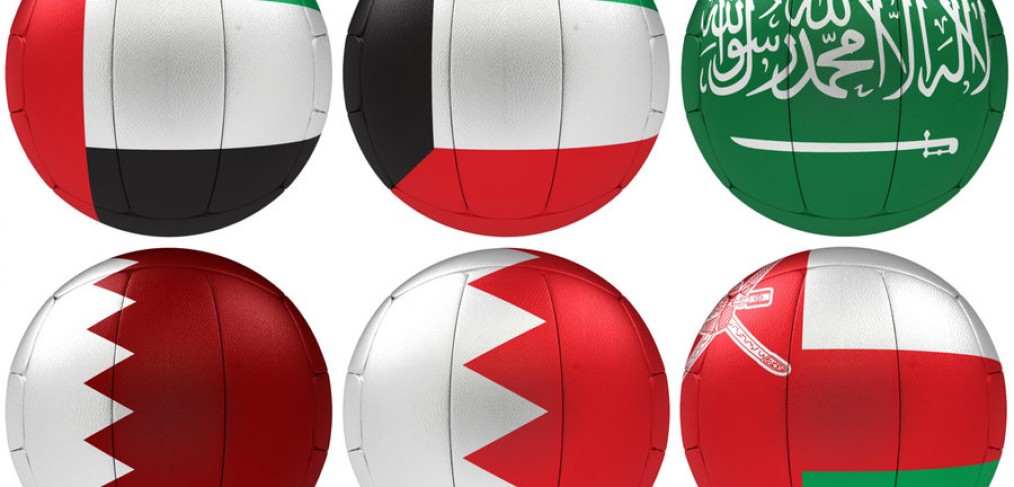The GCC countries face multitude of climate change challenges including desertification, biodiversity loss, water scarcity and sea level rise. The region is characterized by high temperature, high humidity and arid lands resulting in seriously degraded soil and land damage in addition to salt intrusion in the aquifers affecting the small scale agricultural lands thus enhancing the food security threat in the region. All of the above geographical threats have therefore increased and activated the participation of GCC states in global negotiations recently as evidence are uncovered and impacts being felt across the region. If a couple of days of rain can flood parts of cities in GCC, and bring life to a standstill, the prospect of large scale climate change is a sobering thought, and a thought that needs to be translated into action.
Rise in Sea Level
One of the main climate change impacts is sea level rise on coastal areas of all Arabian Gulf states. This includes many of the large and small islands in the Gulf region which are highly vulnerable to the impacts of sea level rise. An example is the low-lying geology of Bahrain’s islands, which coupled with high land reclamation and extensive industrial, commercial, and residential activity in coastal zones, highlight the island’s acute vulnerability to climate change induced sea level rise.
The total land area that would be inundated under the various climate change scenarios was found to be substantial by the Bahrain Supreme Council for the Environment. Even the low sea level rise scenario will result in an inundation of about five per cent (36 km2) of the total land area of Bahrain by 2100. This level increases to about 11 per cent of total land area (69 km2) in the worst case scenario.
Inundation will unevenly affect Bahrain’s vulnerable infrastructure in the five main islands and would adversely affect cities, roads, agricultural areas, as well as beaches and salt marshes. Even in other cities, if reinforcement measures are not implemented on Dubai’s coastline for example, it would be damaged and altered from rising sea levels caused by climate change.
Water Availability
Continued use of non-renewable water is major factor in depleting groundwater reserves in GCC nations and puts Gulf countries at severe risk of climate impacts. In Saudi Arabia, water supply is drawn from four sources: groundwater from deep fossil aquifers, desalinated water, surface water and reclaimed wastewater. Extracting water from deep aquifers amounts to mining the resource, as supplies are non-renewable and have been severely depleted as a result of policies which for the past three decades have subsidized not only agricultural commodities such as wheat, but also the means to produce them. It is not surprising therefore that agriculture accounts for roughly 85% of water use in Saudi Arabia.
The depletion of Bahrain’s groundwater through urbanization has led to the loss of freshwater springs, which the country was once famous for, as well as its fertile lands. Same is the case with Qatar which heavily relies on energy-intensive desalination plants for its freshwater, further driving up its electricity demand. A vast majority of desalination plants in GCC are energy-intensive and installed at a huge cost to the environment.
Food Security
The Middle East is especially vulnerable to tensions brought on by spike in food prices. This is a region where putting new land into production is not that easy because of the nature of the terrain and water shortage. In Saudi Arabia, only about 2 percent of the country’s enormous land mass is arable, even with intensive irrigation and modern farming technology. Facing a probable 77 percent growth in its population by 2050, Saudi Arabia is grappling with the realization that its barren soil and dwindling water supply will be insufficient to feed all those people (Middle East Institute 2010)
In Bahrain there are over 6,000 people employed in the fishing industry. Deterioration of coral reef habitats will negatively affect associated fauna and fish stocks, and eventually threaten the viability of Bahrain’s fishing industry. The loss of agricultural land due to a one metre rise in sea level is likely to be over 11 per cent of the total arable land in the country.
Biodiversity
The potential loss of terrestrial and marine biodiversity under climate change is a major concern across the region. The Arabian Peninsula is a meeting point between the Indo-Asian and the Afro-European regions and enjoys a rich biodiversity in a hyper arid environment. For the terrestrial environment, the Arabian Peninsula has dozens of mammal species, hundreds of bird species, and scores of amphibian and reptile species.
For the marine environment, the Arabian Gulf’s relative shallowness supports a number of highly productive coastal habitats, including intertidal mudflats, seagrasses, algal beds, mangroves, and coral reefs, together with a wide variety of fish species, some of which are endangered. With climate change, these species, such as migratory birds and dugongs would be adversely affected.

